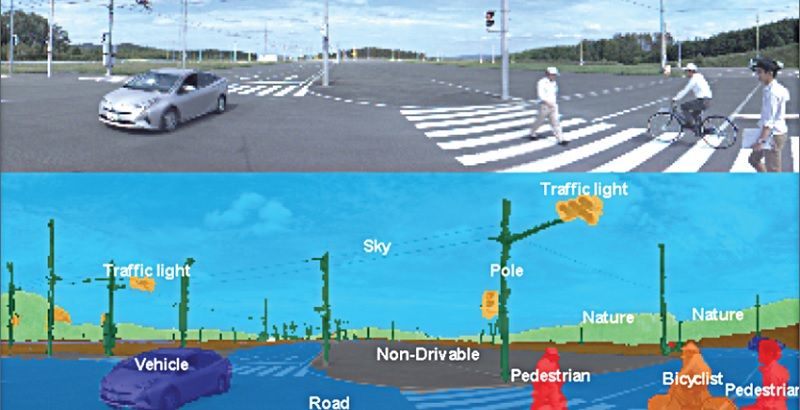Japanese ICT giants put AI on the road
DENSO Corporation and Toshiba are jointly developing an artificial intelligence (AI) technology, called Deep Neural Network-Intellectual Property (DNN-IP), which will accelerate driver assistance and automated driving technologies and open up new business applications.
The move combines image recognition systems which have been independently developed by the two companies to help achieve automated driving technologies way ahead of what exists today – aiming to rival and exceed the human brain.

 How to resolve AdBlock issue?
How to resolve AdBlock issue? 